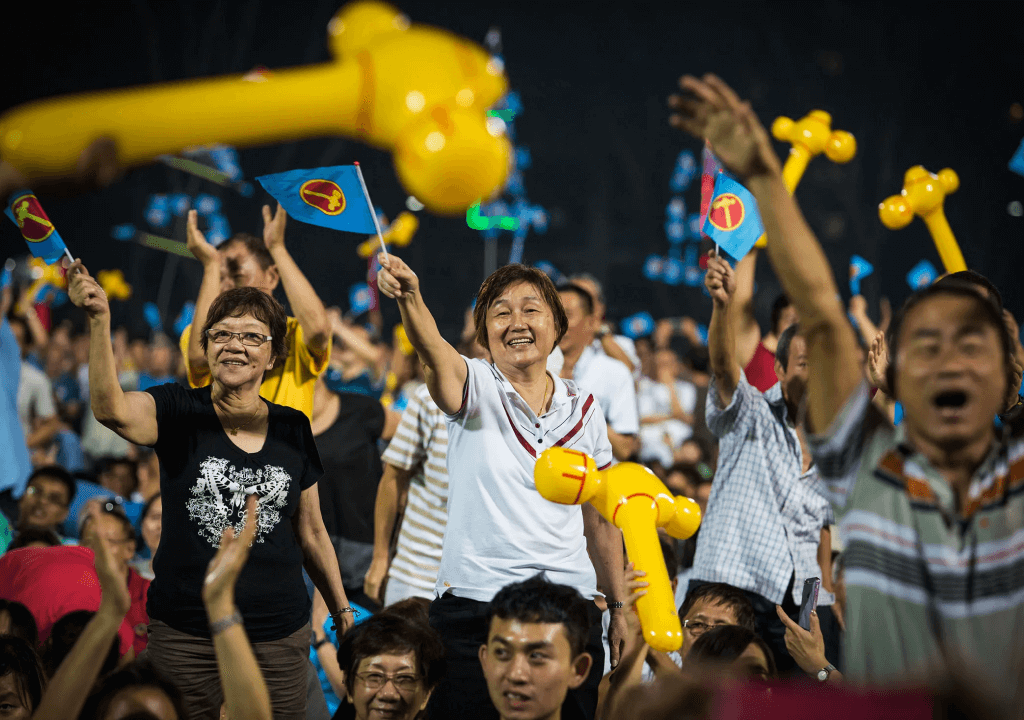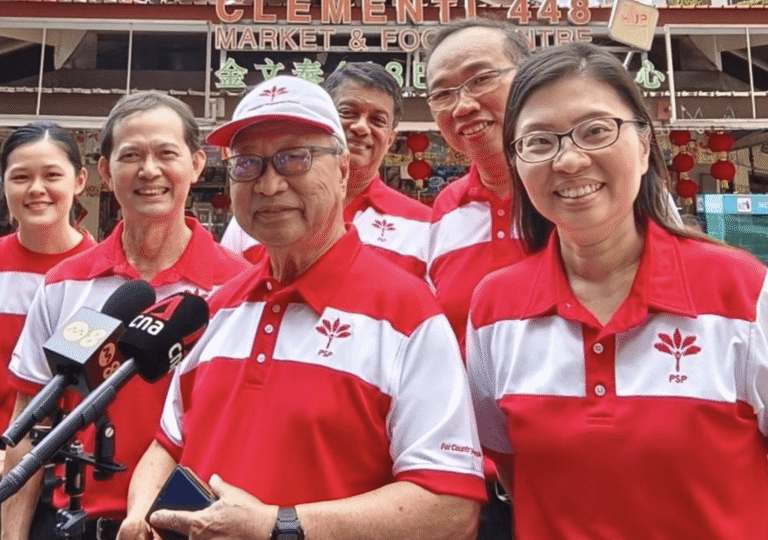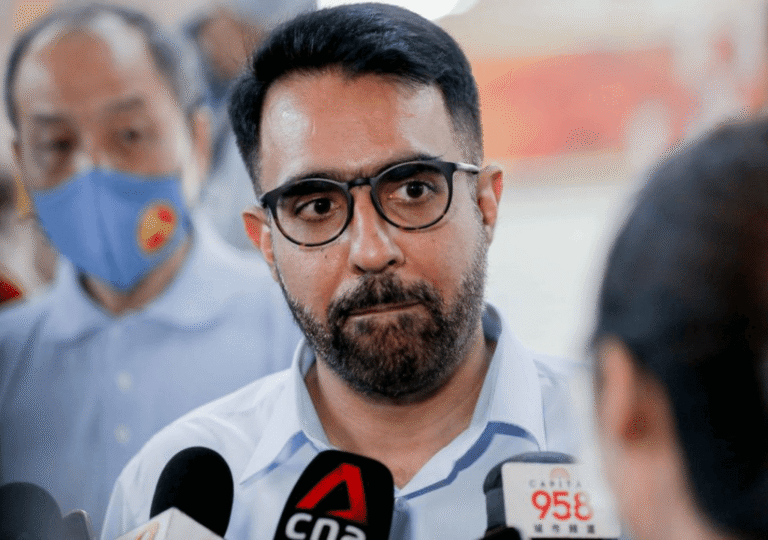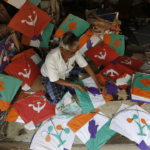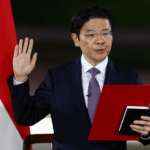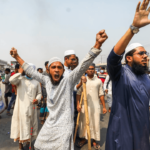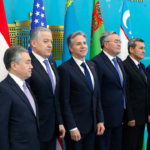The most intense campaign for Singapore’s general election in recent memory concluded on Thursday, May 1. There’s no denying that this year’s election broke free from the dull, predictable contests of the past. Posters adorned lampposts and street signs in every contested constituency, while candidates filled stadiums, delivering impassioned speeches and engaging in sharp exchanges. On the final night of campaigning, parties held 11 rallies and aired one last round of speeches, each hoping to leave a lasting impact before the midnight deadline.
The issues ranged from rising living costs to identity politics, igniting a nationwide conversation. Prime Minister Lawrence Wong and opposition leader Pritam Singh emerged as central figures, energizing the electorate like never before. Whether this fervor will lead to higher voter turnout on May 3rd, polling day, remains to be seen. But one thing is certain: this election represents a clear break from the passive campaigns of the past, signaling a more vibrant future for Singapore’s political landscape.
Defining Moments of a Fierce Election
Looking back at the Singapore general election campaign, it began with a dramatic nomination day, marked by surprise redeployments within the People’s Action Party (PAP) and the first walkover since 2011. Opposition parties quickly went on the offensive. The Workers’ Party (WP) challenged the PAP on key policy issues. The Progress Singapore Party pushed for a minimum wage, while the Singapore Democratic Party called for more affordable public healthcare.
By the end of the first three days, the battlegrounds of Tampines GRC, Punggol GRC, and the single-seat constituency of Jalan Kayu had emerged as focal points of the campaign. Still, the early contest remained relatively restrained. But on the third evening, the tone shifted dramatically. Authorities announced that they had blocked social media posts from three foreign individuals—including Malaysian politicians—who were accused of attempting to influence voters. One of them, Singaporean religious teacher Noor Deros, had praised the Workers Party and criticized Minister-in-charge of Muslim Affairs Masagos Zulkifli. He claimed to have spoken to all of the WP’s Malay candidates and urged them to raise religious issues.
The incident shifted the election’s focus abruptly, and the PAP quickly capitalized on it. Prime Minister Lawrence Wong condemned the posts, emphasizing that identity politics had no place in Singapore and that religion should remain separate from politics. Without naming any party, he called for restraint. The WP responded by distancing itself from the controversy, clarifying that it had made no deals or commitments for political support, and steered the conversation back to broader policy issues.
As the campaign neared its conclusion, tensions escalated. Prime Minister Wong accused the WP of engaging in negative politics. In turn, WP leader Pritam Singh countered, claiming that the PAP had long relied on such tactics, pointing out the institutional disadvantages faced by opposition MPs—such as being excluded from presiding over citizenship ceremonies, typically led by defeated PAP candidates.
At midnight on May 1, the curtain fell on one of the most contentious election campaigns in recent memory.
The Final Rallies Were Effectively Used
After nine intense days of campaigning, Prime Minister Lawrence Wong, positioning himself as a steady and responsible guardian of Singapore, emphasized the gravity of the upcoming election as citizens prepared to cast their votes. Speaking at his third major rally in Punggol GRC on the final day, Wong made clear that this election was not just about securing parliamentary seats, but about shaping the nation’s future direction and identity. He urged voters to look beyond the numbers, stressing that the election was about shared values, collective aspirations, and the kind of country Singaporeans want to build. Addressing a packed crowd at Yusof Ishak Secondary School, following earlier stops in Sengkang and the May Day Rally, Wong called for unity over division, integrity over misinformation, and action over political showmanship.
Acknowledging that the ruling People’s Action Party (PAP) is not without flaws, Wong admitted that mistakes had been made, but underscored the party’s commitment to transparency, learning from its errors, and striving for continuous improvement. He made it clear that the PAP was prepared to take the more challenging road, if it was the responsible and right one.
Wong also highlighted the critical importance of leadership in the current moment, referencing the upcoming retirements of senior figures such as President Tharman Shanmugaratnam, Teo Chee Hean, Heng Swee Keat, and Ng Eng Hen. He warned that the simultaneous departure of several senior leaders could leave a leadership vacuum during a crucial period. A vote for the PAP, he argued, would ensure that a competent, dedicated team would continue to guide Singapore through difficult times, providing the leadership necessary for the nation’s continued progress and security.
Meanwhile, at their final rally, Workers Party (WP) candidates made their closing appeal to voters. Party chair Sylvia Lim, contesting in Aljunied, reminded Singaporeans of the weight of their vote and the power of the electorate to shape the nation’s future. Speaking at the WP’s closing event, the candidates launched pointed criticisms at the ruling PAP.
WP chief Pritam Singh spent much of his nearly 30-minute speech rebutting Prime Minister Wong’s criticisms, particularly the concerns over the potential departure of Deputy Prime Minister Gan Kim Yong. Singh argued that the focus should be on Wong’s own leadership, accusing the Prime Minister of dismissing the WP’s concerns as irresponsible. Singh also pushed back against the PAP’s assertion that a stronger opposition would weaken the government, questioning whether Wong was suggesting that he lacked enough capable individuals to staff his Cabinet.
He ended with a final appeal to voters, asserting that the WP had proven itself to be a resilient and principled force, and urged Singaporeans to remember a defining message: the Workers’ Party is a force for good.
Then, What’s the Mood Now?
Opinion polls are banned, so we must rely on reporters’ observations from various media outlets. However, one thing is clear: this campaign has been far more intense than previous ones. The ruling PAP has positioned itself as the party best equipped to ensure continued progress, safeguard the nation, and lead Singapore through challenging times. It has painted the opposition as a threat to the system, accusing them of engaging in destructive tactics and racially divisive politics.
In an unexpected turn, the Workers Party (WP) has adopted a more confrontational approach this time. What began as a call for change has transformed into a strong push for a larger opposition presence in Parliament as a crucial step toward reform. While other parties remain in the race, the contest has increasingly narrowed to a showdown between the PAP and WP.
Despite the criticisms directed at Singapore’s democracy, this heated campaign demonstrates that politics in the country remains dynamic and robust. In the end, it plays an essential role in the ongoing development of its democracy.

